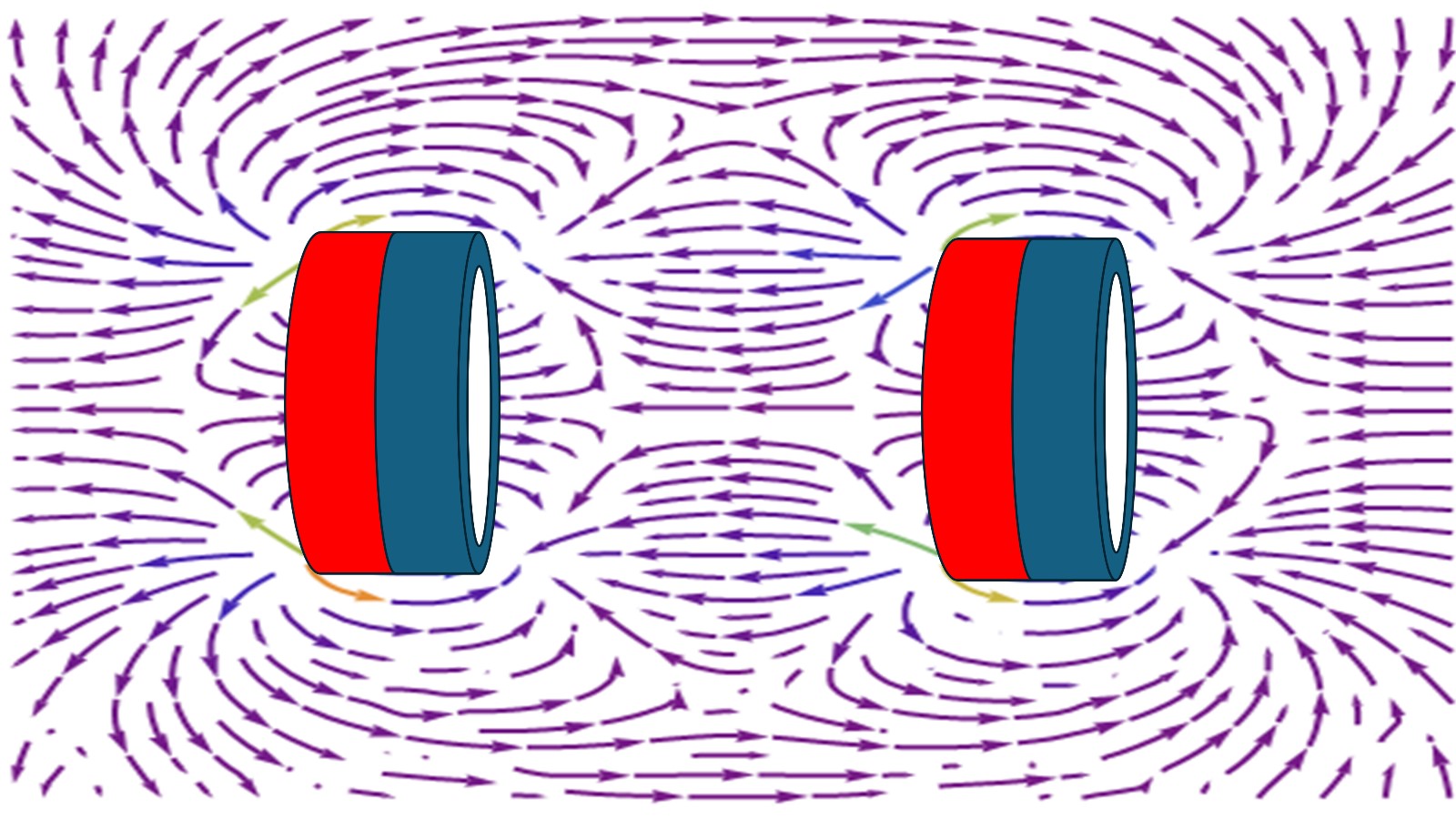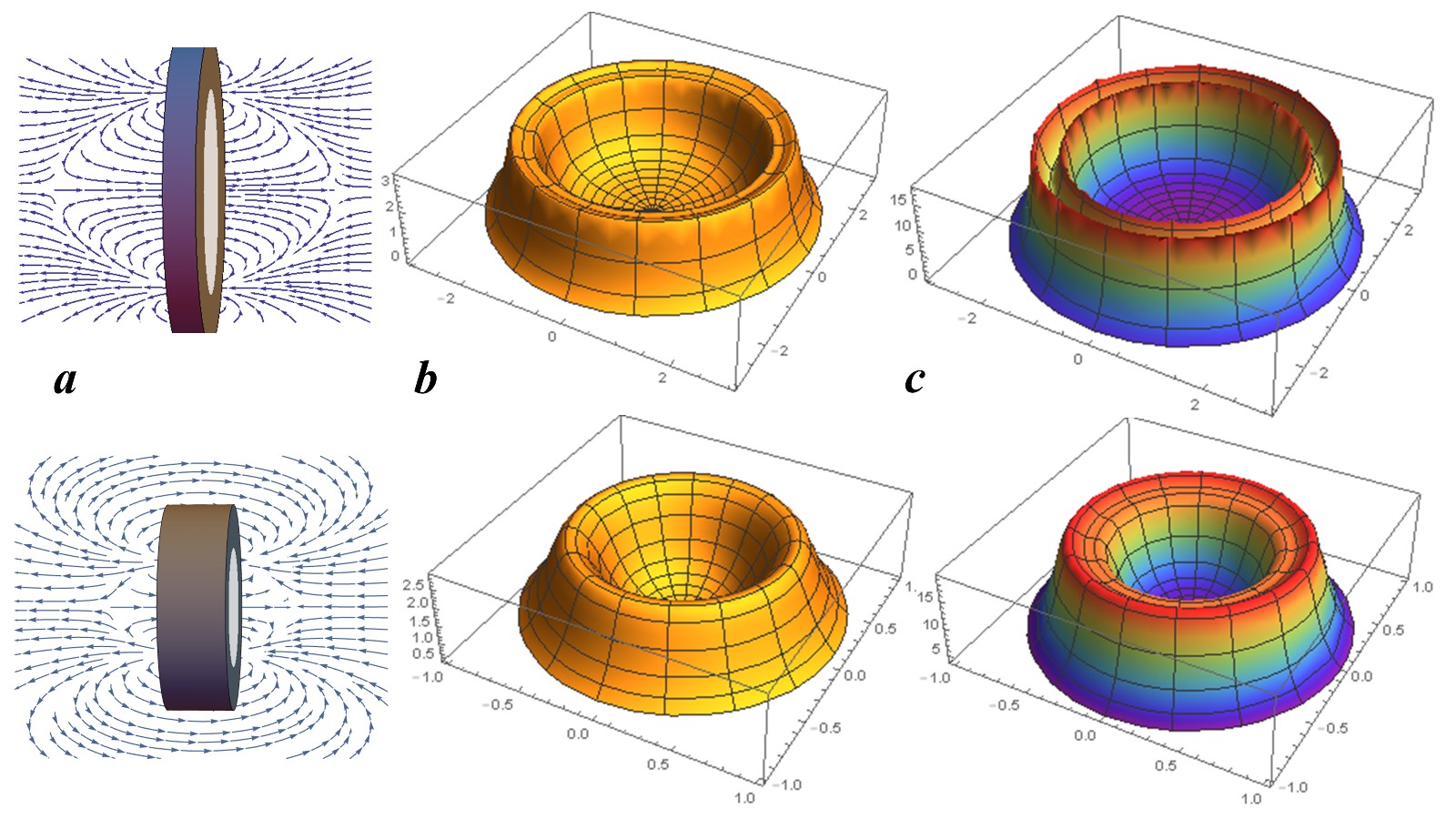Magnetic Medicine Made Clear: Field Strength, Shape, and Their Role in Healing
Published 07 August, 2025
Permanent magnets play a crucial role in medicine due to its field strength, tunability of field and gradient distributions, as well as practical implementation. In a new study published in KeAi Magnetic Medicine, a duo of researchers from the Institute of Physics of the Czech Academy of Sciences show that the biological effects of permanent magnetic fields depend not just on the strength of the magnetic field, but even more on how the field is distributed in space.
“Using precise modeling, we uncovered how the spatial distribution of a magnetic field and its characteristics change dramatically depending on the distance from the magnet's surface,”shares corresponding author Vitalii Zablotskii. “These detailed field maps, calculated for magnets of different shapes, offer practical guidance for more effective use of magnets in medicine and magnetobiology.”
One practical example was the calculated magnetic field distribution between two ring magnets (Figure 1) and their attractive force, which can help optimize procedures like magnetic anastomosis — a surgical technique that creates connections between organs or tissues, used in minimally invasive gastrointestinal surgeries.
"Over the past decades, thousands of studies have reported biological effects of static magnetic fields. But there's still no clear understanding of how these fields influence cells and intracellular molecular processes,” adds Zablotskii. “One reason is that most studies only mention the average magnetic field strength and exposure time, without analyzing the actual field distribution that caused the observed biological effect.”
In their work, the authors emphasized the importance of considering all characteristics of a static magnetic field: its strength, direction, spatial distribution, and the magnitude and direction of its gradient.
"Typically, researchers don't account for the fact that the magnetic force acting on cells or biomolecules depends on both the direction and strength of the magnetic field gradient,” says co-author Tatyana Polyakova. “Interestingly, this gradient reaches its maximum near the edges of a magnet, not at its center (Figure 2). Clearly, without knowing the actual magnetic forces at play, it’s impossible to truly understand the mechanisms of biological effects being reported."
Thanks to the scalability of permanent magnet systems — meaning that their field distribution depends only on the relative size of the magnets — the researchers'calculations can be directly applied to systems using millimeter-sized or even nanoscale magnets.
“This opens the door to optimizing micro- and nanomagnetic systems for medical applications, such as controlling ion channels in cells or guiding magnetic nanorobots inside the body,” adds Polyakova.


Contact author details: Vitalii Zablotskii, Institute of Physics of the Czech Academy of Sciences, Prague 8, 18221, Czech Republic. Email: zablot@fzu.cz
Funder: This research was funded from the Mobility Program budget of the Czech Academy of Sciences CAS-23-01.
Conflict of interest: The authors declare that they have no known competing financial interests or personal relationships that could have appeared to influence the work reported in this paper.
See the article: Vitalii Zablotskii, Tatyana Polyakova, Permanent magnets in magnetic medicine: applications and advances, Magnetic Medicine, Volume 1, Issue 2, 2025, 100024, https://doi.org/10.1016/j.magmed.2025.100024 .